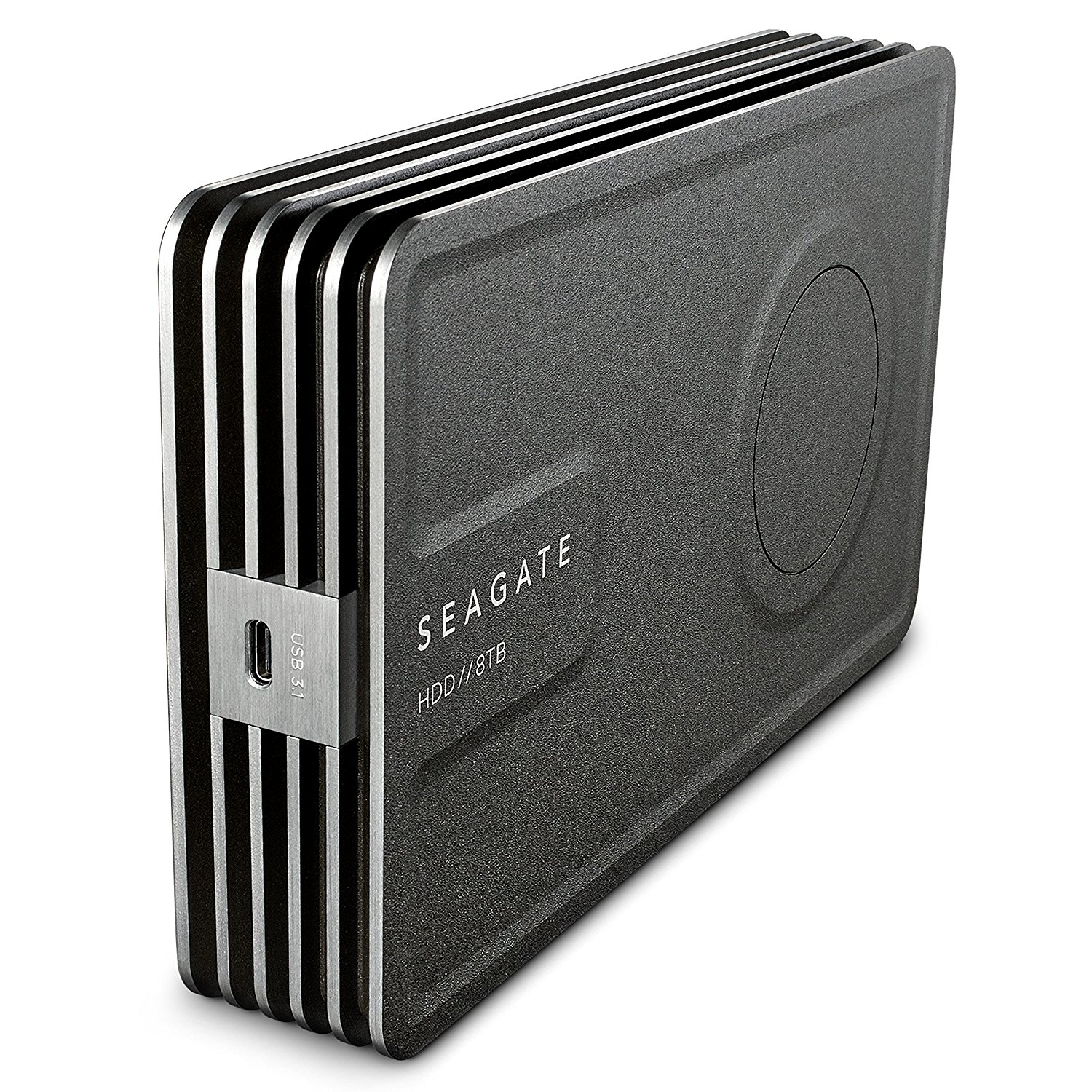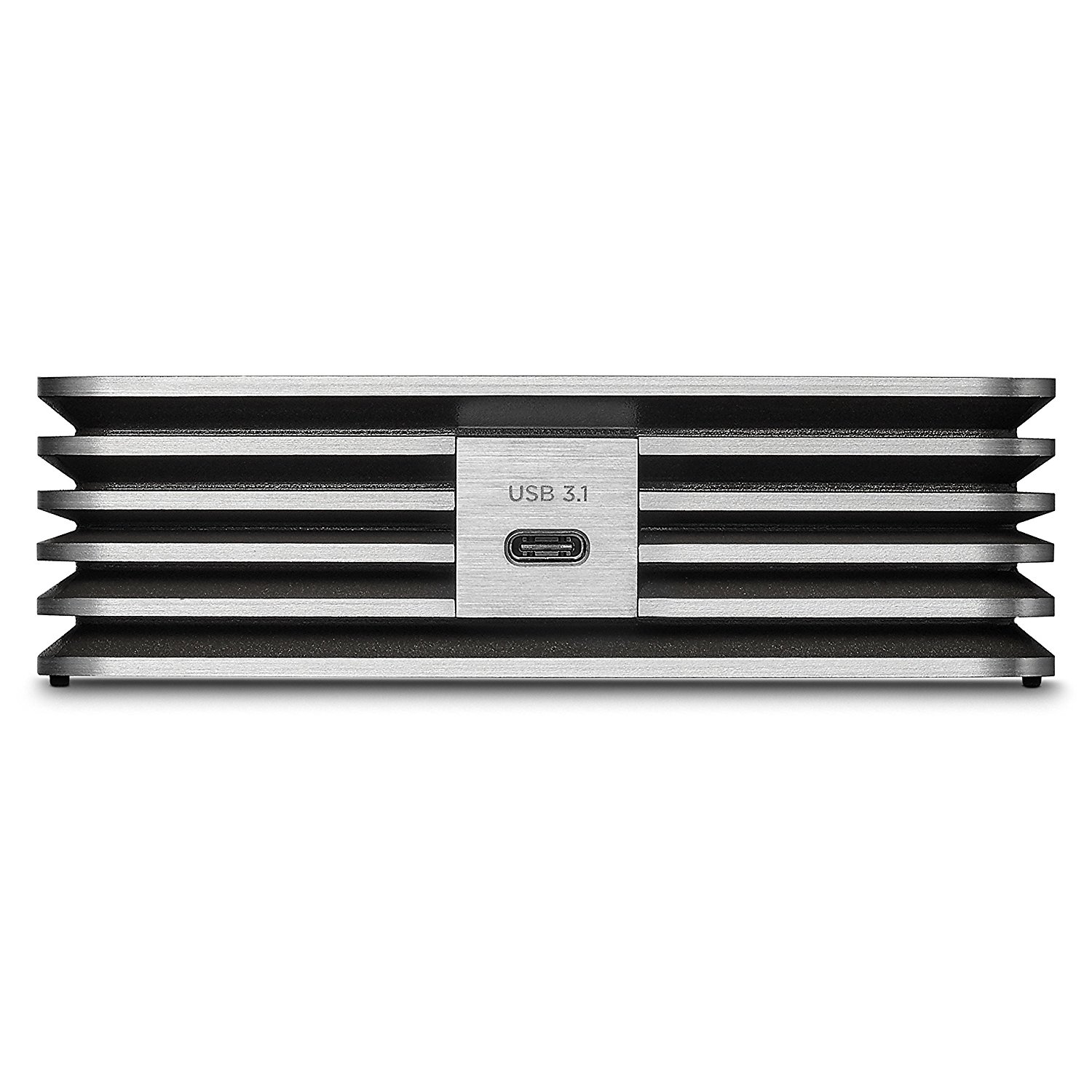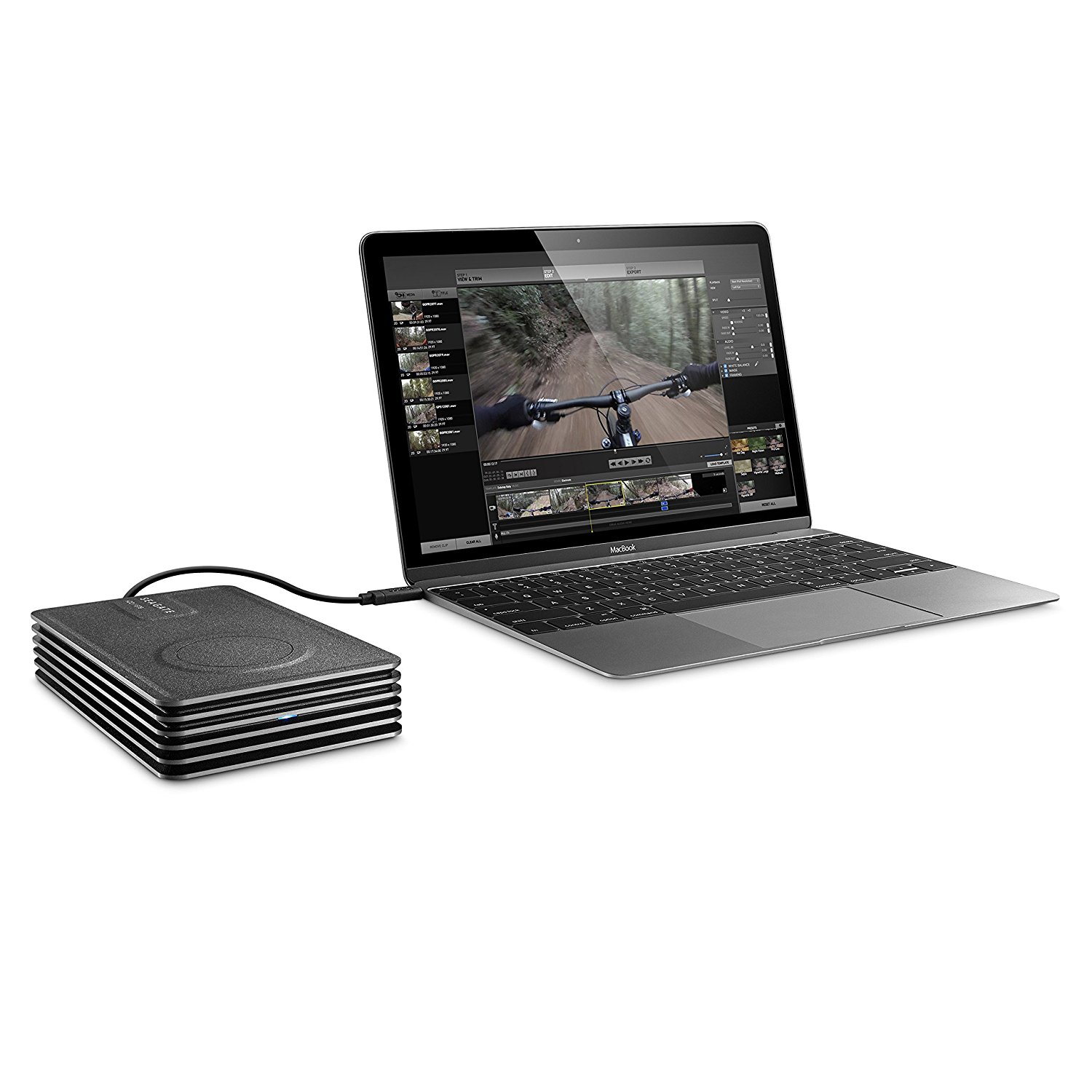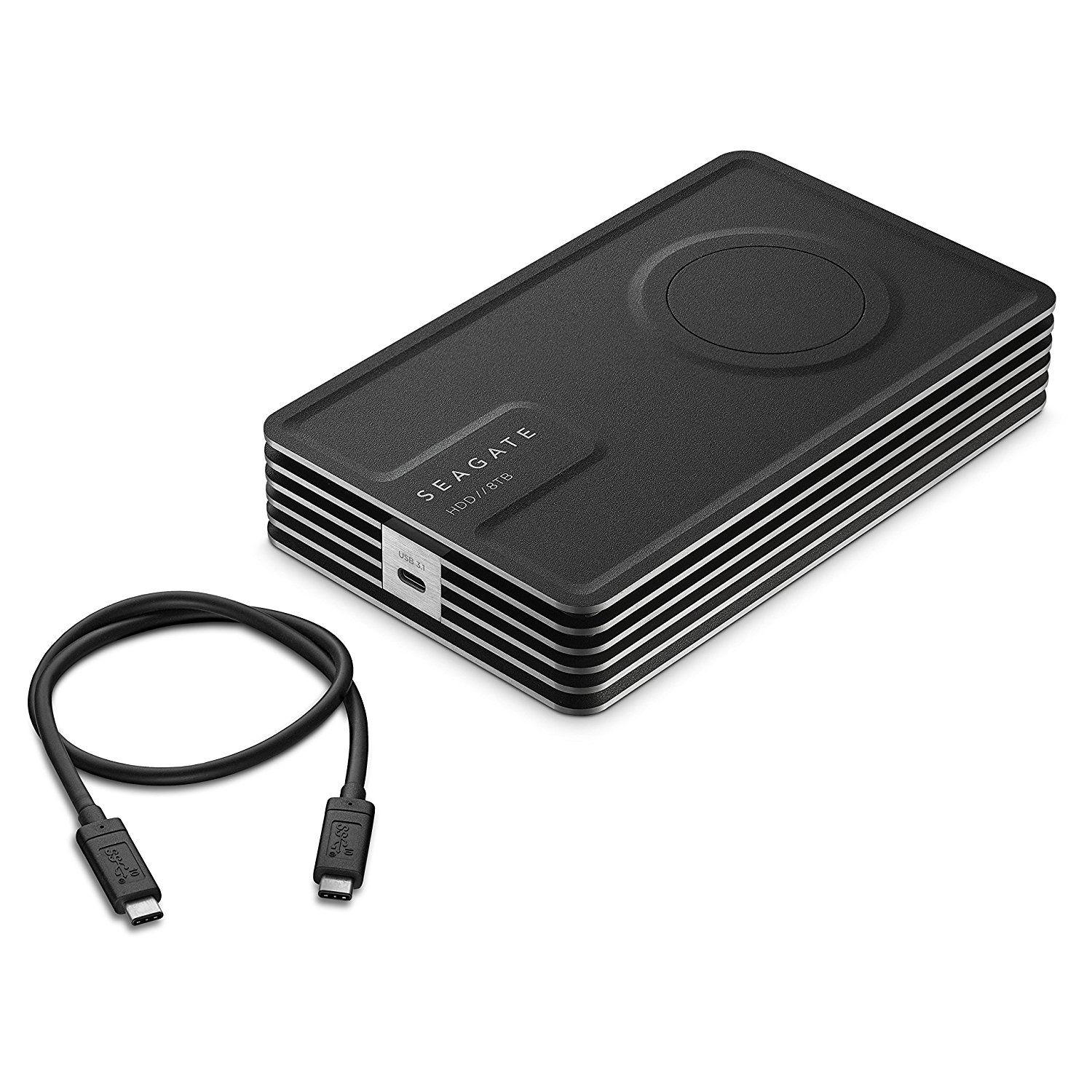The USB-C interface has been with us for a short while now. It was designed to be a truly universal bus connection for almost any device.
The data transfer speed currently stands at 20Gb/s with compatible devices, which in itself is amazing ([You can read more about the USB-C 3.2 here](https://steemit.com/technology/@techmojo/pc-tech-part-4-new-usb-3-2-and-the-future-of-interfacing)) but the usability of this connection is becoming used in more and more devices such as phones, monitors, PC's, tablets, smart watches to name a few.

*[Image Source](https://www.seagate.com)*
External storage drives are very popular and available pretty much anywhere and in all sorts of sizes, but **Seagate** have now gone one better and have adapted their new external storage drive to be compatible with USB-C 3.1, which as we know, is able to transfer data at up to 10Gb/s.

*[Image Source](https://www.seagate.com)*
Combine the speed of the transfer rate and the 8 terabytes of storage, yup, 8TB, makes this the worlds first USB-C External Storage Drive powered by USB when it was released in March 2016. ([Read the press release here](https://www.seagate.com/gb/en/about-seagate/news/seagate-launches-worlds-first-usb-powered-master-pr/))
It is able to be powered by the 5V needed via the USB-C and it will handle the data transfer too. Meaning, no more carrying a power pack around with it and getting cables tangled up.
It will also work with both of the major PC platforms, Windows and Mac.

*[Image Source](https://www.seagate.com)*
Today, the Innov8 design concept has been adopted by other companies too, but it was Seagate who pioneered this, and remains top of the pile for people wanting storage with USB-C 3.1 connection.

*[Image Source](https://www.seagate.com)*
If you want to learn more, [Visit their product page here](https://www.seagate.com/gb/en/consumer/).
Thanks for reading.

Stu @TechMojo
 hiveblocks
hiveblocks